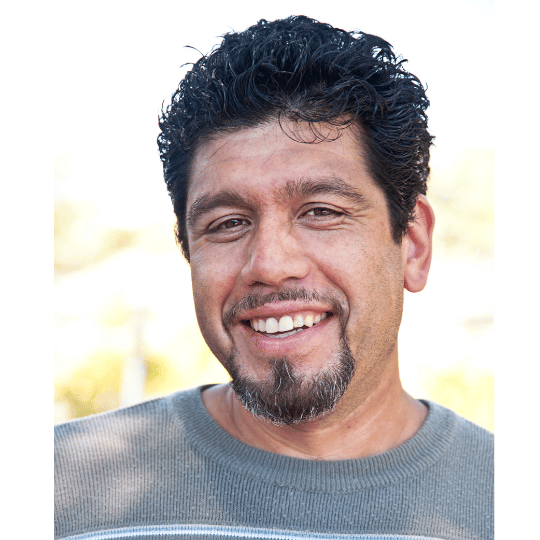Dental cleaning and prophylaxis is a dental procedure to remove plaque and tartar, preventing diseases and maintaining a healthy smile.
Dental whitening is a cosmetic procedure that removes stains and discolorations from teeth, restoring a whiter and brighter appearance to the smile.
In a direct restoration with dental composite, tooth-colored resin is used to repair cavities or fractures. It adheres to the tooth, restoring its shape and function.
Procedure for extracting wisdom teeth, commonly known as 'wisdom teeth' or 'third molars', to prevent impaction issues and improve oral health.
A removable dental prosthesis is a prosthetic device used to replace one or several missing teeth. It can be easily taken out and put back in place, held in position by a precise fit and often with the support of surrounding tissues and/or adjacent teeth.
Dental crowns and fixed bridges are devices used to restore lost dental function and aesthetics. Crowns cover a damaged or weakened tooth, while bridges replace one or more missing teeth, providing a durable and natural-looking solution.
Endodontics is a dental treatment that consists of removing damaged tissue inside the tooth and sealing the canal to preserve it.
Orthodontics is a dental treatment that corrects the position of teeth and the jaw to improve the aesthetics and functionality of the mouth.


Se recomienda visitar al dentista cada seis meses para chequeos regulares y limpiezas dentales.
Mantener una buena higiene bucal, incluyendo cepillarse los dientes y la lengua regularmente, usar hilo dental y enjuague bucal, y beber suficiente agua puede ayudar a prevenir el mal aliento.
La edad adecuada para que los niños comiencen a visitar al dentista es alrededor de los 12 meses, o tan pronto como les salgan los primeros dientes.
Si notas acumulación de placa, sarro o mal aliento persistente, es probable que necesites una limpieza dental profesional.
Consulta a tu dentista lo antes posible para que pueda evaluar la causa del dolor y proporcionarte el tratamiento adecuado.
Cepillando los dientes dos veces al día, usando hilo dental diariamente y limitando el consumo de azúcar.
Implantes dentales.
No, el sangrado de las encías al cepillarse no es normal y puede ser un signo de enfermedad de las encías.



